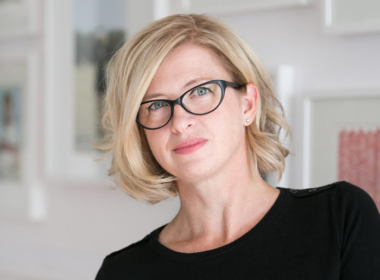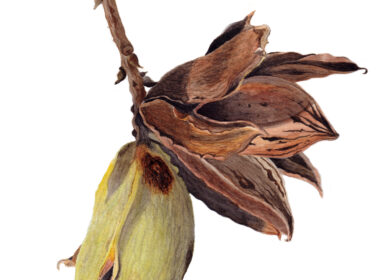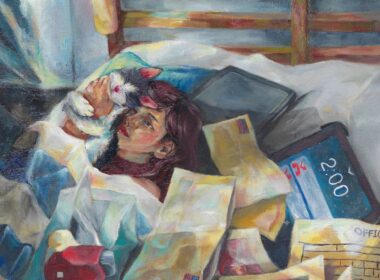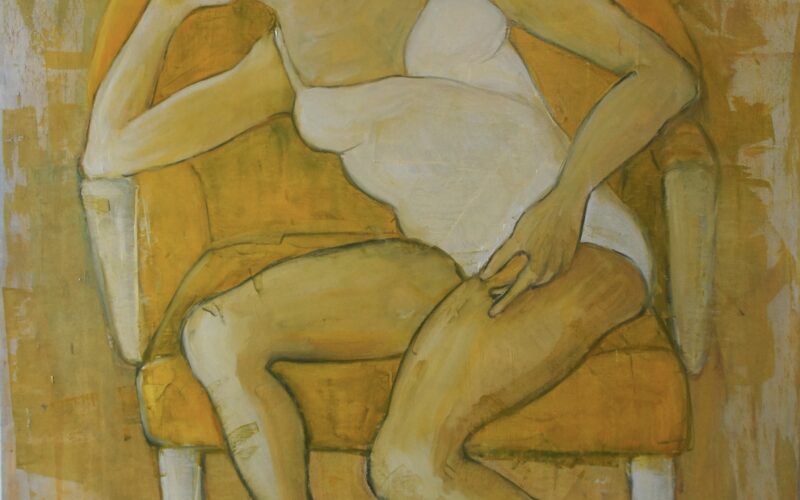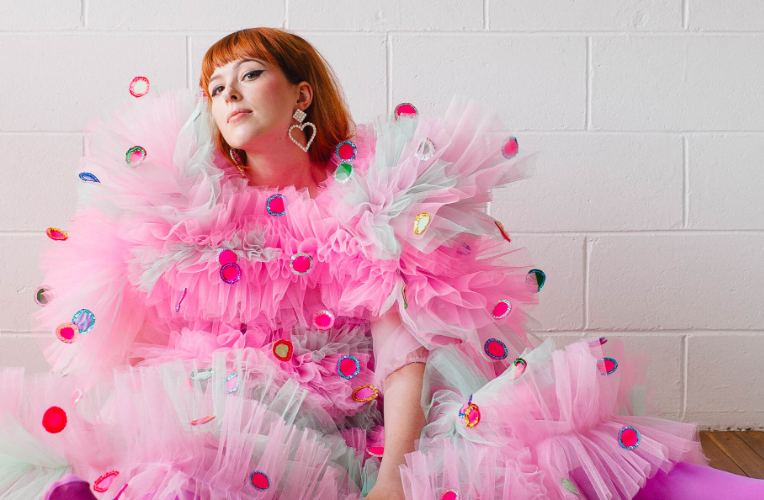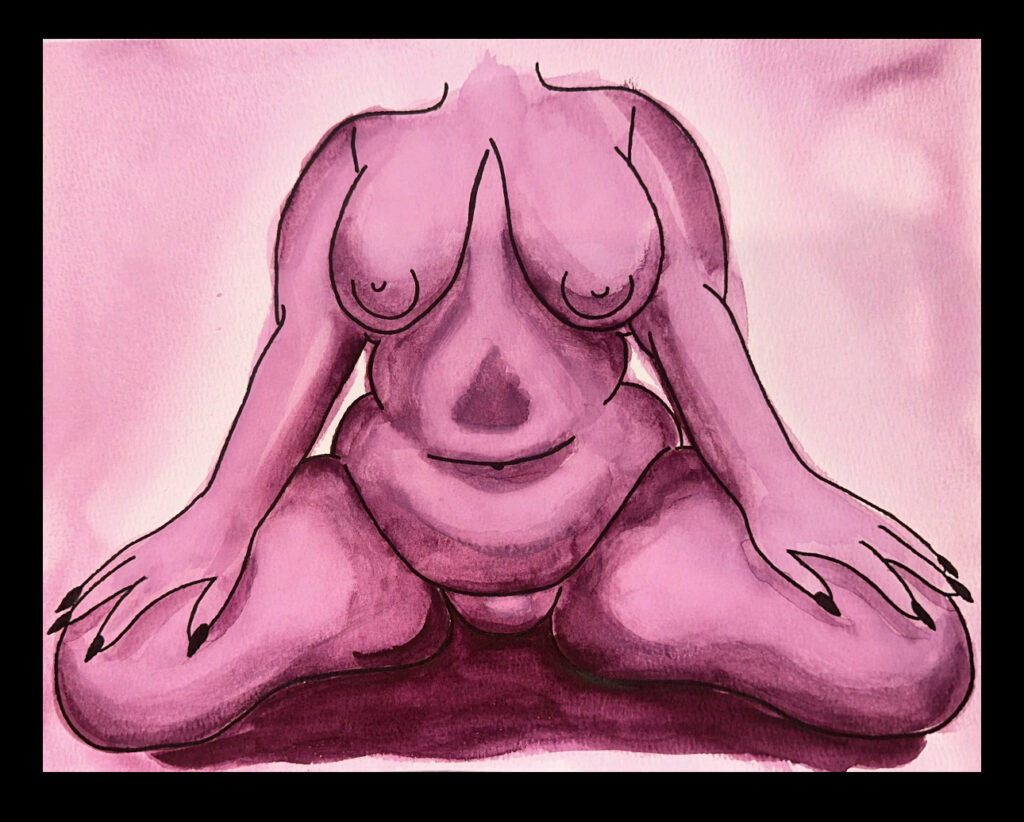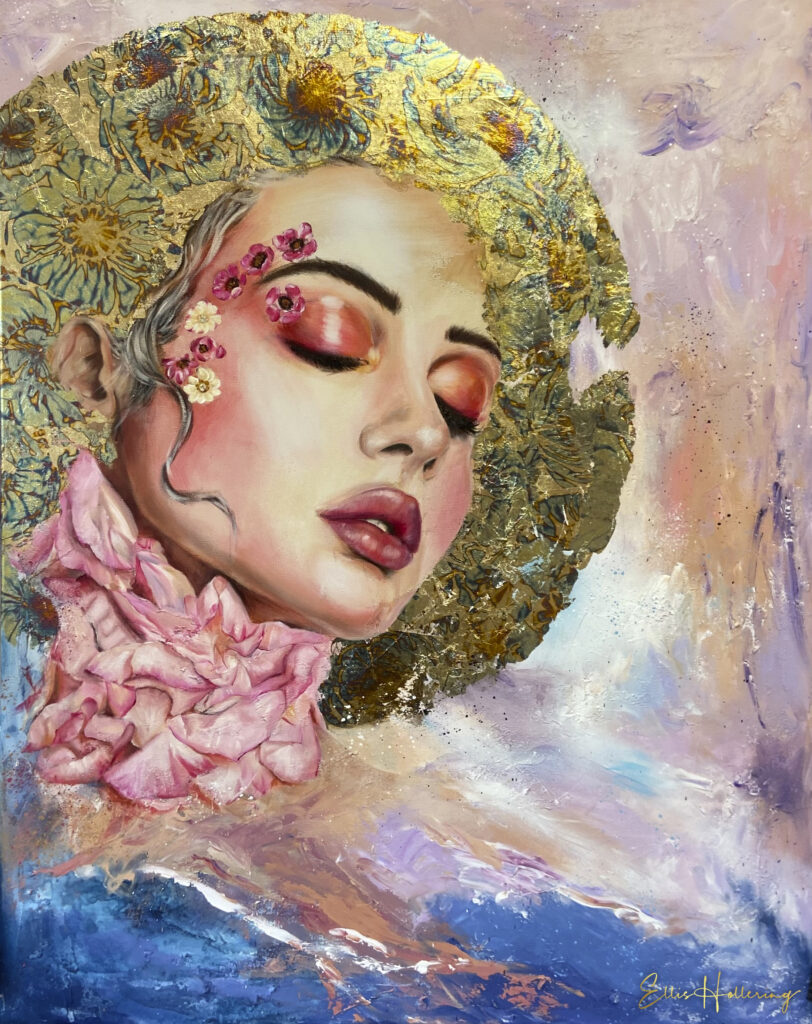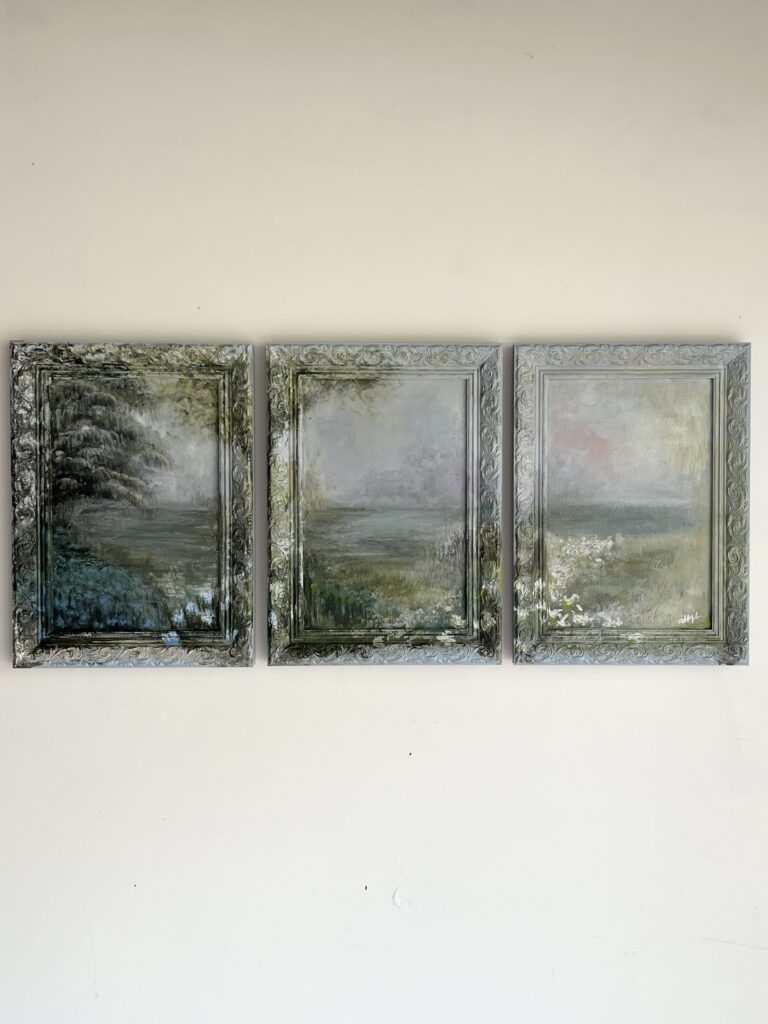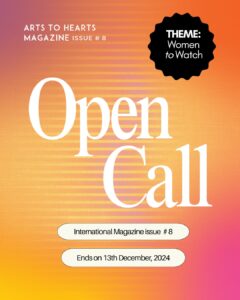
How Dee Liu’s Art Tells Stories of Freedom and Confinement
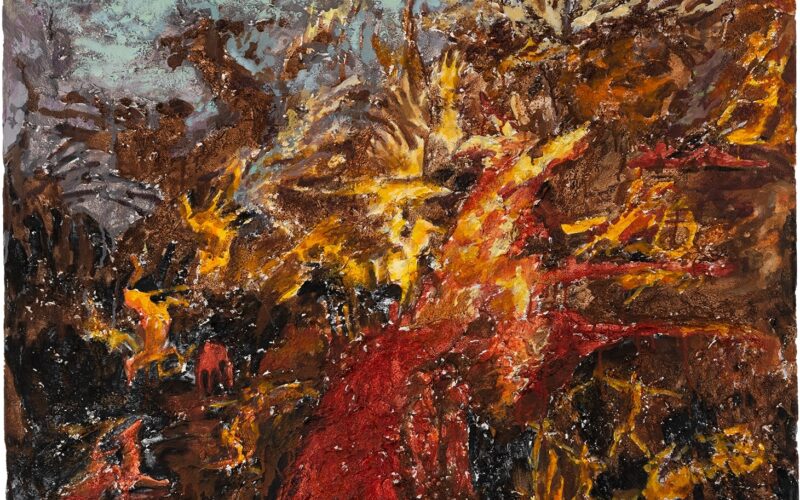


Dee Liu is an artist whose work deepens into themes of identity, memory, and the unconscious. In this interview, she opens up about her creative journey, sharing how moving back to Beijing after studying in Chicago has shaped her view of home. Dee talks about her unique style, using materials like hay to tell stories about freedom and confinement. She reflects on her education and the influence of her fellow artists, all of whom inspire each other to question traditional ideas about art. Dee also opens up about the complexities of her creative process and the rich meanings behind her paintings, inviting us to engage with art more personally and thoughtfully.
Dee Liu is a featured artist in our book “The Creative Process.” You can explore her journey and the stories of other artists by purchasing the book here: https://shop.artstoheartsproject.com/products/the-creative-process-book
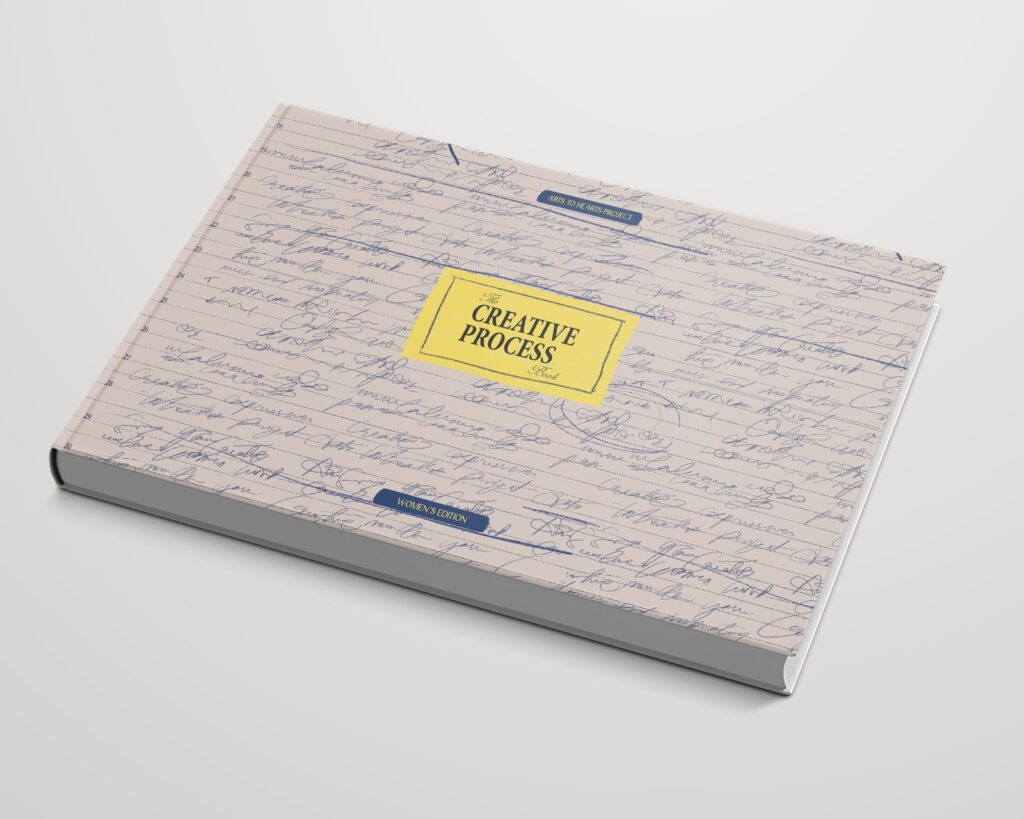
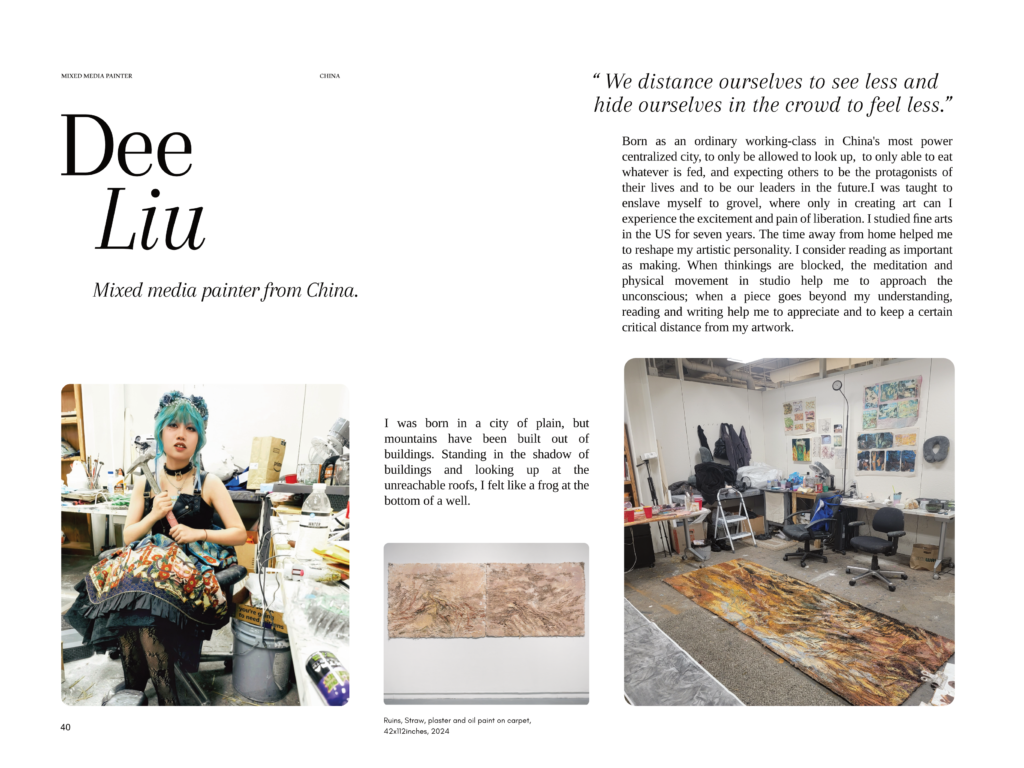
Dee Liu is a painter. She currently lives and works in Beijing. She received her BFA from the School of The Art Institute of Chicago and her MFA in painting from The LeRoy E. Hoffberger School of Painting. Her paintings and drawings explore the unconscious through the inscription of the rhetorical narrative of the material.
1. Dee, how has your journey from Beijing to Baltimore influenced your creative perspective?
I often turn to a metaphor to express the experience of studying abroad. Beijing and my homeland are like a mountain—when I stand within its bounds, I can scarcely grasp its true form. Only by stepping away, by traveling to distant places, can I take in its full panorama. Leaving my homeland and finding my footing on foreign soil allowed me to see it as a whole, yet the people within it became mere symbols on a map, their individuality flattened into the broader identity of “Chinese”. The excitement of this new perspective mingled with the guilt of diminishing their unique lives. So I chose to return to Beijing, to step back into the mountain, to live among the vibrant individuals within this walled city.
If a painting wants its audience to stay longer, it slows down the viewing and guides the viewer to concentrate and go deeper with its imagery.
Dee Liu

2. What does exploring the unconscious mean to you in the context of your work?
I have a deep-seated fear of things we are taught. Much of who we are—our personalities, our sense of morality, our notions of right and wrong—is shaped by societal norms and rules. How to stretch a canvas over a frame, how to harmonize colors, how to structure an essay—these are not our discoveries but techniques handed down, creations of others that we accept without question. We rarely examine these conventions, as they are so convenient, readily available, and easy to follow, transforming us into functional yet thoughtless cogs, useful but detached from original thought. Only the unconscious can lead me away from this conditioning, clearing the haze of the taught and guiding me back to the core of self and authentic insight. I believe each of us is born with unique talents and ideas. Even those who feel worn smooth by society, if they take fifteen minutes to be alone with themselves, might rediscover their truest voice, alive and waiting beneath layers of weariness and fog.
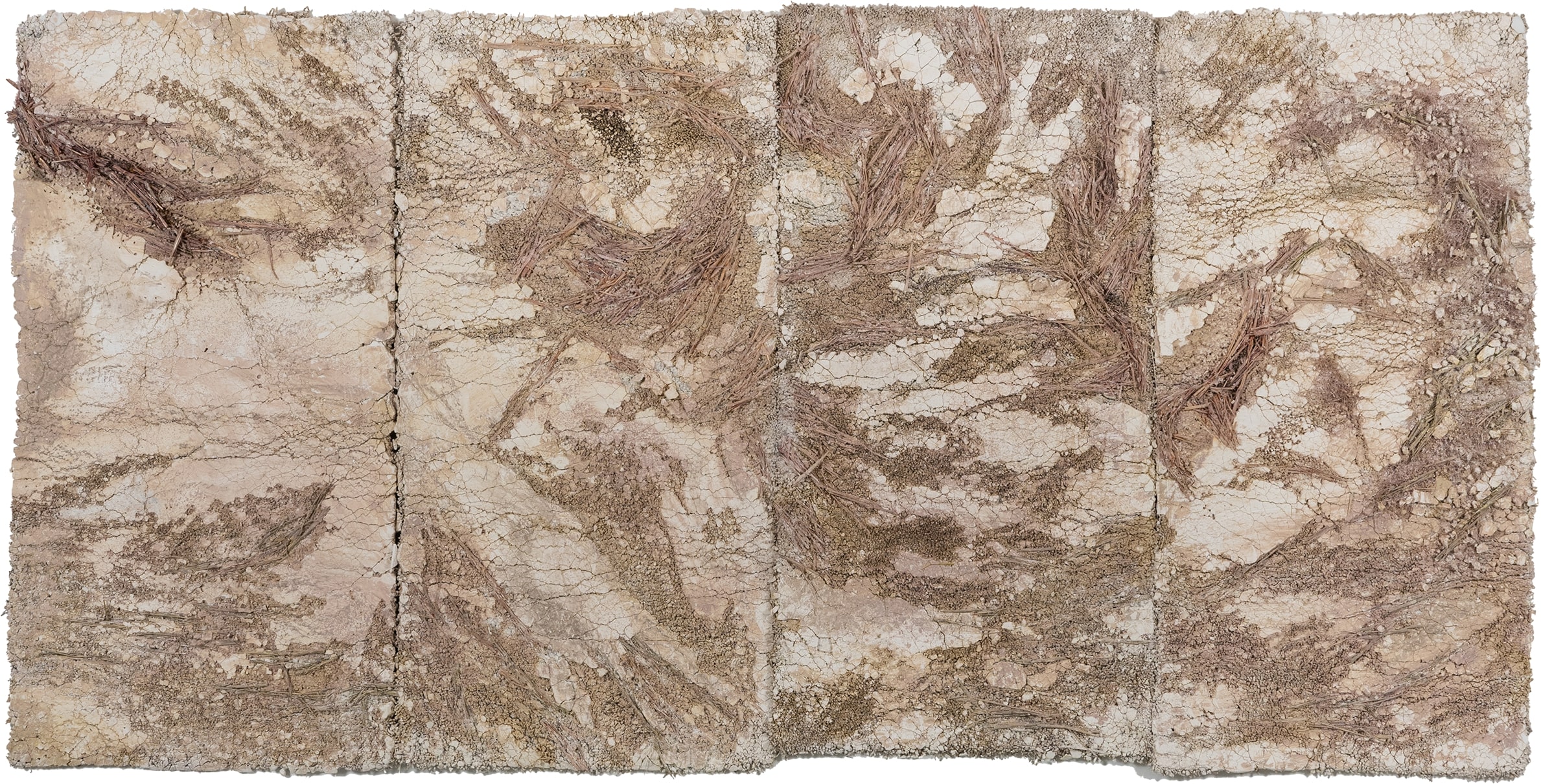
3. Can you describe the inspiration behind the rhetorical narratives you incorporate into your paintings?
I use horses and grass as metaphors in my work, granting them a narrative presence. Horses serve as imagery, while grass becomes a material symbol for individuals living across the painting’s landscape. What started as a simple doodle of horses on scrap paper during a period of disinterest in painting surprised me with a sense of ease and enjoyment. Yet, I felt conflicted about the historical symbolism of horses, so often tied to patriarchy, power, conquest, and glory.
I realized that my connection wasn’t with the traditional image of the warhorse but rather with the contrast between the horse as a domesticated creature and its wild, untamed side. Through this tension, I channeled my ambivalent feelings about freedom and confinement into the horses’ story, allowing them to experience the tension between the extremes on the painting. Many viewers have noted that my work recalls Anselm Kiefer’s, as we both use hay to depict ruins. But I’m less drawn to grand imagery designed to awe or instruct. I don’t seek to amplify emotion or dwell on nostalgia for specific architecture or landscapes. Instead, I want to evoke the dust within the ruins, something universally felt: We are in the ruins, we are in the prosperous grassland after the ruins, and we are in the dust that will soon be piled up into future ruins.
My inspiration lies closer to Joan Snyder’s paintings. In her work, hay is not a relic of the dead but a dynamic, living essence. Rather than casually piling grass on the canvas like mass graves, I admire Snyder’s careful treatment of each blade, respecting its individuality. I strive not only to see the ruins within my paintings but to recognize every individual life living within them.
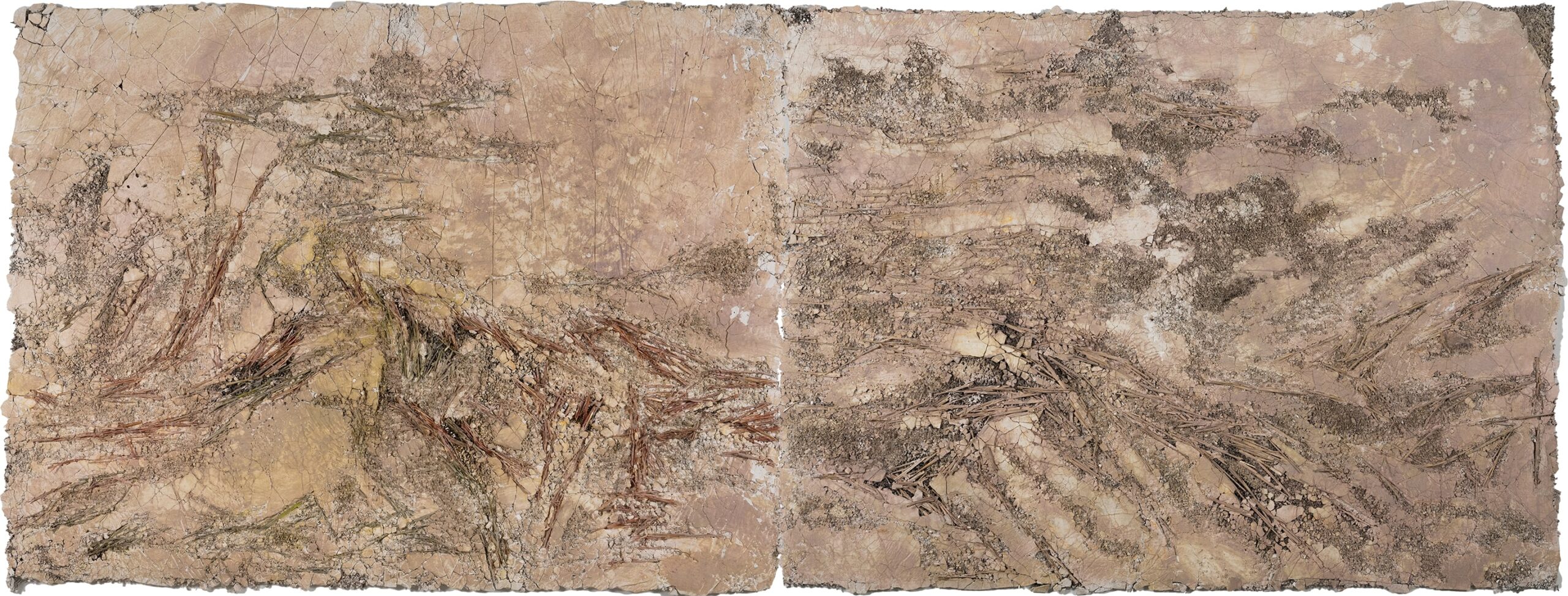
4. How did your education at the School of the Art Institute of Chicago shape your art practice?
To begin with, Chicago is a beautiful city, holding many of my fondest memories. At the School of the Art Institute of Chicago, a place free from grades, I found the freedom and time for genuine self-exploration. I realized that my love for painting wasn’t rooted in the pigments or images themselves but in the tactile, uneven textures—the surfaces I could feel, even with my eyes closed. This insight led me to create reliefs and explore the grounds of the painting. The most impactful moment came during the final critique of my senior painting class. I confessed to my professor, “I feel like I’m not painting. I’m working more like a craftsman. I don’t know how to think about painting.” Professor Sam Jaffe replied, “As you work with your hands, your hands are thinking.” This response eased my self-doubt and helped me embrace craftsmanship as an essential, valued part of my artistic practice.
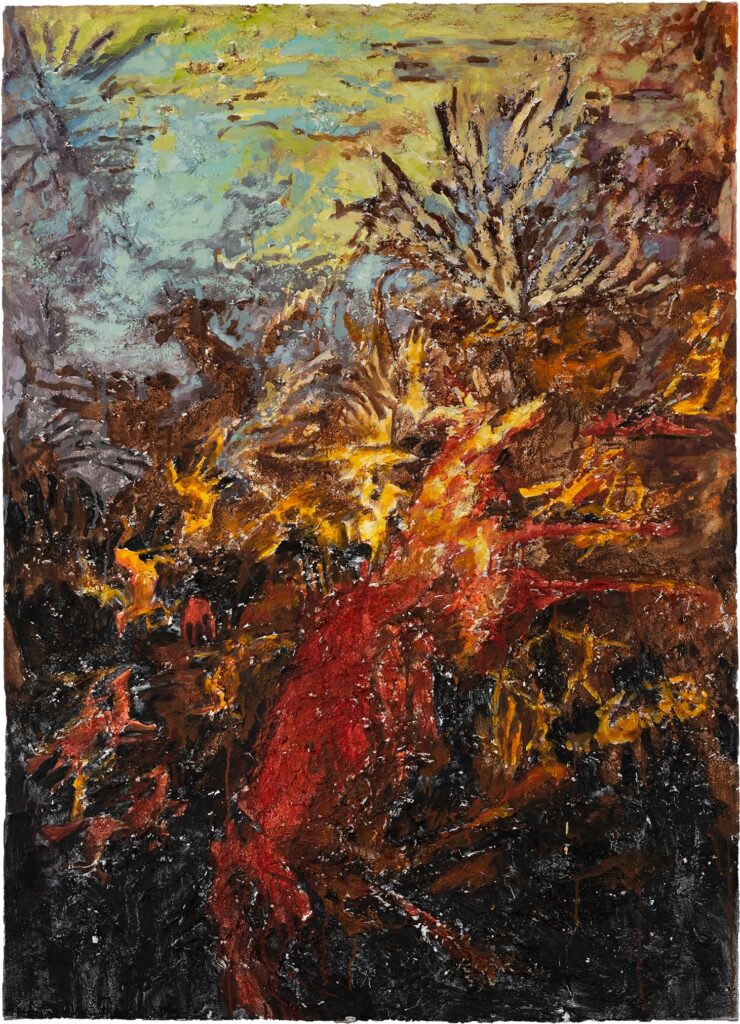
We are all guests of the land, blown onto it to take roots with no choice, grind to dust and scattered to mud, where new seeds land on our bodies after our death and grow again just like us: we have always been the rank grass.
Dee Liu
5. What themes or ideas do you find most compelling in your recent group exhibitions?
All my group exhibitions have been with my graduate cohorts. In one of our discussions, we explored an impulse to destroy language, resisting the imposition of titles or words on the pure visual experience of painting. I believe this urge to deconstruct and defy tradition is something shared among my Hoffberger peers. Why must paintings be confined within frames? Why should they adhere to rectangularity? Who defined elegance? Why is the use of textiles often taken as inherently feminine?
Is the difference between a gold chain and a shackle just a matter of perception? So we fragmented our imagery through multi-panel compositions; we reversed the roles of walls and paintings, turning the white wall into the central subject; we shattered our work, elevating the so-called “filth” under the spotlight. This destructive impulse arose from a distrust of inherited norms and a certain audacity in creating anew. When our pieces reflected on the wooden floors of the Arting Gallery, the varied works on the white walls seemed to meld within that reflection, forming a final shared memory before we went our separate ways after graduation.
6. What do you hope viewers experience when engaging with your art?
Someone once told me that my work allows her to linger in a moment of loss as if placing her hand in a stream and feeling the water slip through her fingers. If a viewer stands before my painting, time might flow similarly: horses run across the land, grass withers and comes back to life, yet you cannot hold onto them or ask them to stay. Yet, I hope viewers feel no need for attachment or deep attention. They can simply pass by my paintings as they would any patch of grass; we are all merely passers-by. My work isn’t so important—you walk past it and forget it, but one day, you might remember my painting when you look closely at the grass, at the earth, at yourself. And then you’ll feel me: we all carry our burdens, tiptoeing forward like horses on that thin layer of plaster as if journeying across thin ice.

Dee Liu’s art reminds us of the stories and histories that shape who we are. By sharing her thoughts on identity and the materials she uses, she encourages us to engage with art as more than just spectators. Instead, she invites us to see it as a way to connect with our own experiences and the world around us. To learn more about Dee, click the following links to visit her profile.
Arts to Hearts Project is a global media, publishing, and education company for
Artists & Creatives. where an international audience will see your work of art patrons, collectors, gallerists, and fellow artists. Access exclusive publishing opportunities and over 1,000 resources to grow your career and connect with like-minded creatives worldwide. Click here to learn about our open calls.







